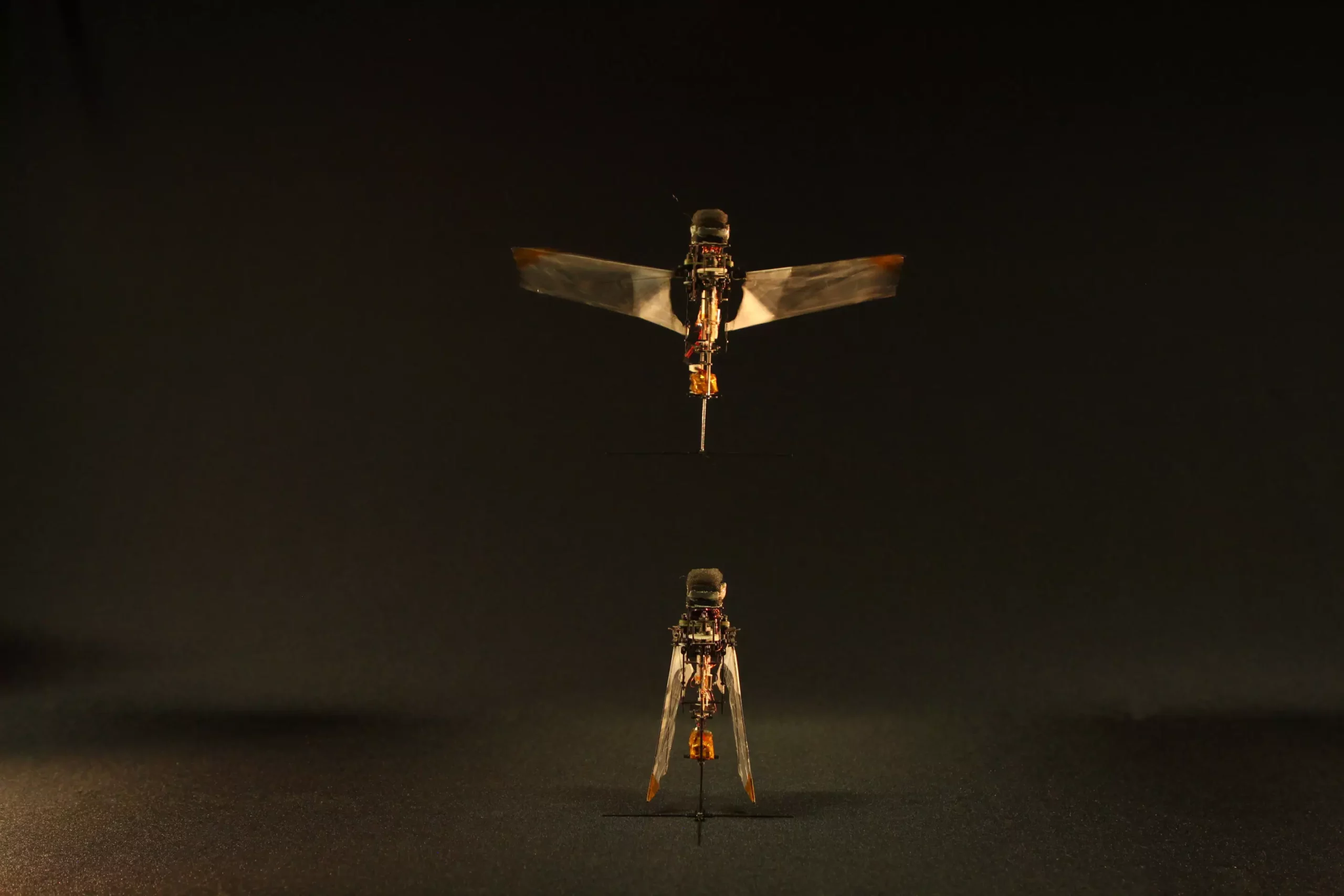The intricate wing dynamics of flying animals have long fascinated researchers and engineers looking to develop innovative flying robotic systems. While the flapping mechanisms of birds and bats are well documented, the processes underlying the wing movements of many insects, particularly herbivorous species like rhinoceros beetles, have remained largely unknown. Researchers at Ecole Polytechnique Fédérale de Lausanne (EPFL) and Konkuk University recently delved into the mechanisms by which rhinoceros beetles deploy and retract their wings, leading to groundbreaking insights that were published in the prestigious journal Nature.
Unlike birds and bats that actively use thoracic muscles to flap their wings, rhinoceros beetles have been found to employ a passive wing deployment strategy. These beetles utilize their elytra and flapping forces to passively deploy their hindwings for flight. When their flight is complete, they can then use the elytra to push the hindwings back onto their body, a process that does not require the use of active muscles. This passive wing deployment mechanism has inspired the development of a new flapping microrobot that mimics the behavior of rhinoceros beetles.
Drawing from their observations of beetle wing dynamics, the researchers were able to construct a flapping microrobot that weighs 18 grams and can passively deploy and retract its wings. By incorporating elastic tendons at the armpits of the robot, they were able to enable passive wing folding and deployment during takeoff and flight. This innovative design allows the robot to fold its wings along its body when at rest, mimicking the behavior of rhinoceros beetles, and then deploy its wings passively when needed for flight.
Applications of the Flapping Microrobot
The implications of this research are far-reaching, with potential applications in search and rescue missions, biomechanical studies of insect flight, and even educational toys for children. The flapping microrobot’s ability to navigate confined spaces and switch between flight and crawling modes makes it well-suited for exploring collapsed buildings or dense forest environments where conventional drones may not be effective. In addition, the microrobot’s low-flapping frequency and human-friendly design open up possibilities for it to be used in a variety of engineering and educational settings.
As the researchers continue to refine their flapping microrobot design, future studies may explore the use of similar passive strategies in other insect species. By understanding the biomechanics of insect flight and mimicking these mechanisms in robotic systems, researchers hope to unlock new possibilities in aeronautical engineering and robotics. The potential of these innovations extends beyond scientific research, offering practical solutions for real-world challenges and inspiring the next generation of engineers and inventors.


Leave a Reply